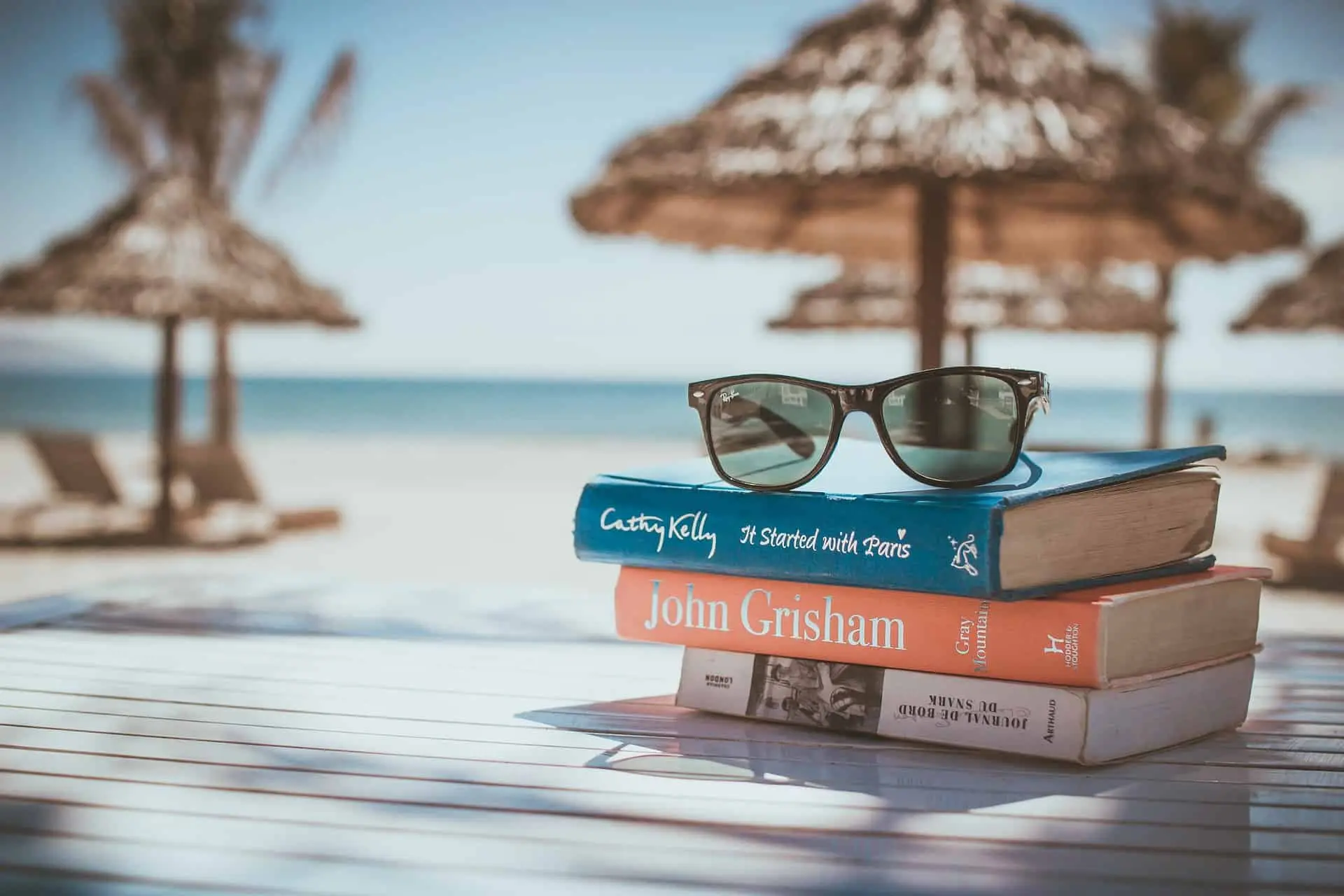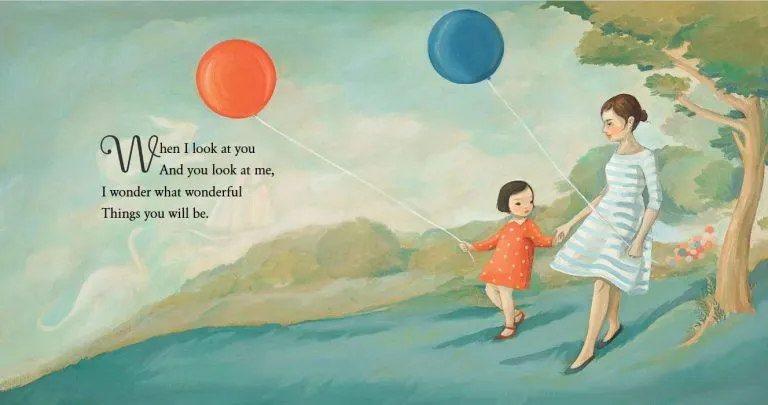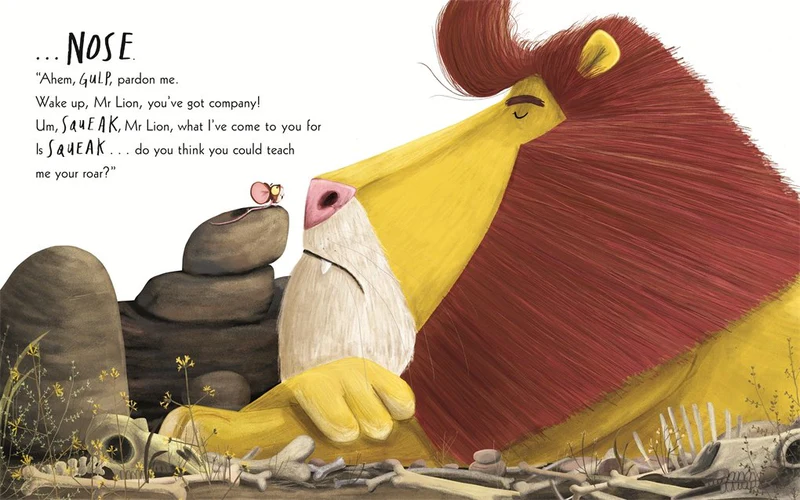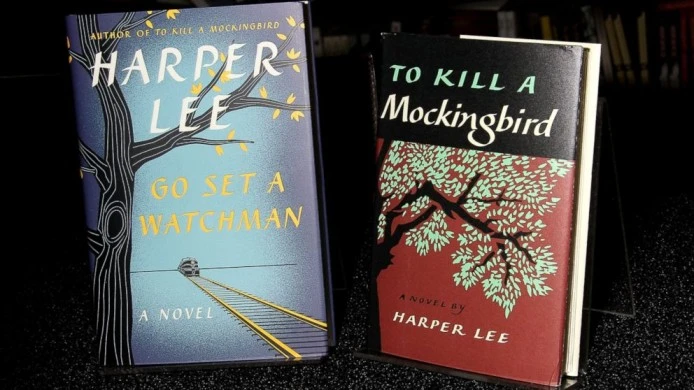STEM Tuesday Nuclear/Atomic Science Interview


I’m delighted to interview Julie Knutson for STEM Tuesday! Julie and I have worked together on three books and each time she impressed me with her super-thorough research and passionate marvel of whatever topic she was writing about, whether that was globalism, World War I, or Marie Curie!
The Science and Technology of Marie Curie explores Curie’s life and work—not only the discoveries she made while working with her husband that made them both famous, but moreover the work she unfurled without his death. For example, did you know Curie ripened a transportable X-ray that was used in World War I to help surgeons stave unnecessary surgery on the battlefield?
Let’s learn increasingly well-nigh this wondrous woman who made unconfined scientific strides during a time when women weren’t unchangingly respected (or funded) as much as their male colleagues.

Andi Diehn: What fascinated you well-nigh Marie Curie to write a whole typesetting well-nigh her?
Julie Knutson: At the whence of the research process, I came wideness personal details well-nigh Curie’s life that really drew me into her story. From her ubiety at an “underground” Polish university at a time when women were vetoed from higher education to her embrace of the cycling craze of the 1890s, I came to see Curie as a complex, multi-faceted human with varied interests and commitments. This pushed me to want to learn increasingly well-nigh her not simply as a scientist, but moreover as a person very much of her time and place.
 The end result of that research? This book!
The end result of that research? This book!
AD: Curie was making incredible strides during a time when women weren’t unchangingly welcome in the scientific polity – why is it important for us to learn well-nigh her work and life now?
JK: Curie’s life offers us so many lessons, one of which is the importance of surrounding yourself with people who encourage and foster your interests and talents. Family, friends, mentors, teachers, classmates, her spouse: the “village” virtually her unliable her to defy the conventions and norms of her time and place. I hope this example encourages young readers to form and join their own networks rooted in shared curiosity!

Marie Curie and her daughters
AD: Your typesetting has lots of activities – why include activities in a nonfiction typesetting for kids?
JK: Observing, questioning, hypothesizing, experimenting, analyzing, drawing conclusions . . . these are the cornerstones of the scientific method. The activities in this typesetting prompt readers to urgently practice this process. This builds not only a “lived” understanding of ramified topics like two-bit structure, but moreover solid habits of mind that they can siphon with them as young scientists.

A petit Curie, a portable radiology system used on battlefields during WWI.
AD: I was surprised to learn well-nigh Curie’s role during World War I. What do you think her work with portable X-ray machines shows us well-nigh her character?
JK: One of Curie’s guiding principles was “Science in the Service of Humanity.” Throughout World War I, Curie’s deportment reveal her as a person who not just professed this mantra, but really lived it. At the whence of the war—when Paris was invaded—she secreted a vial of radium from her lab to safety in a town 375 miles away, protecting this hair-trigger resource. Without suspending her research, she coordinated a squadron of mobile X-ray units, which were used to identify the sites of bullet and shrapnel wounds, as well as wrenched bones.
Here, we see Curie identify a problem and use her knowledge and skills to solve it . . . in the process, saving myriad lives in the process.
AD: If you could share one thing well-nigh Marie Curie’s life with everyone you know, what would it be?
JK: There’s so much increasingly — vastitude the Nobel Prizes — to learn from Curie’s life and story; I’d encourage readers of all month to delve into it! She’s a icon of uncounted depths, who exceeds the honors and accolades for which she’s weightier known.

*** Julie Knutson is an tragedian and educator with a wide-ranging preliminaries in history and the social sciences. She holds an undergraduate stratum in cultural studies from NYU, a master’s stratum in Political Sociology from The London School of Economics, and spare post-graduate degrees in education and art history from Rice University in Houston. Julie’s passion for global citizenship, world history, and human rights stems from these formative wonk experiences and from her time as a classroom teacher.
Julie Knutson is an tragedian and educator with a wide-ranging preliminaries in history and the social sciences. She holds an undergraduate stratum in cultural studies from NYU, a master’s stratum in Political Sociology from The London School of Economics, and spare post-graduate degrees in education and art history from Rice University in Houston. Julie’s passion for global citizenship, world history, and human rights stems from these formative wonk experiences and from her time as a classroom teacher.
Julie is an zippy member of the National Council for the Social Studies (NCSS), having served as the Chair of its Middle School Teacher of the Year Award in 2018. She moreover maintains membership in Society of Children’s Typesetting Writers and Illustrators (SCBWI).
 ***
***
Andi Diehn grew up near the ocean chatting with horseshoe venereal and now lives in the mountains surrounded by dogs, cats, lizards, chickens, ducks, moose, deer, and bobcats, some of which help themselves to whatever she manages to grow in the garden. You are most likely to find her reading a book, talking well-nigh books, writing a book, or discussing politics with her sons. She has 18 children’s nonfiction books published or forthcoming.
The post STEM Tuesday– Nuclear/Atomic Science– Interview appeared first on From The Mixed Up Files.




